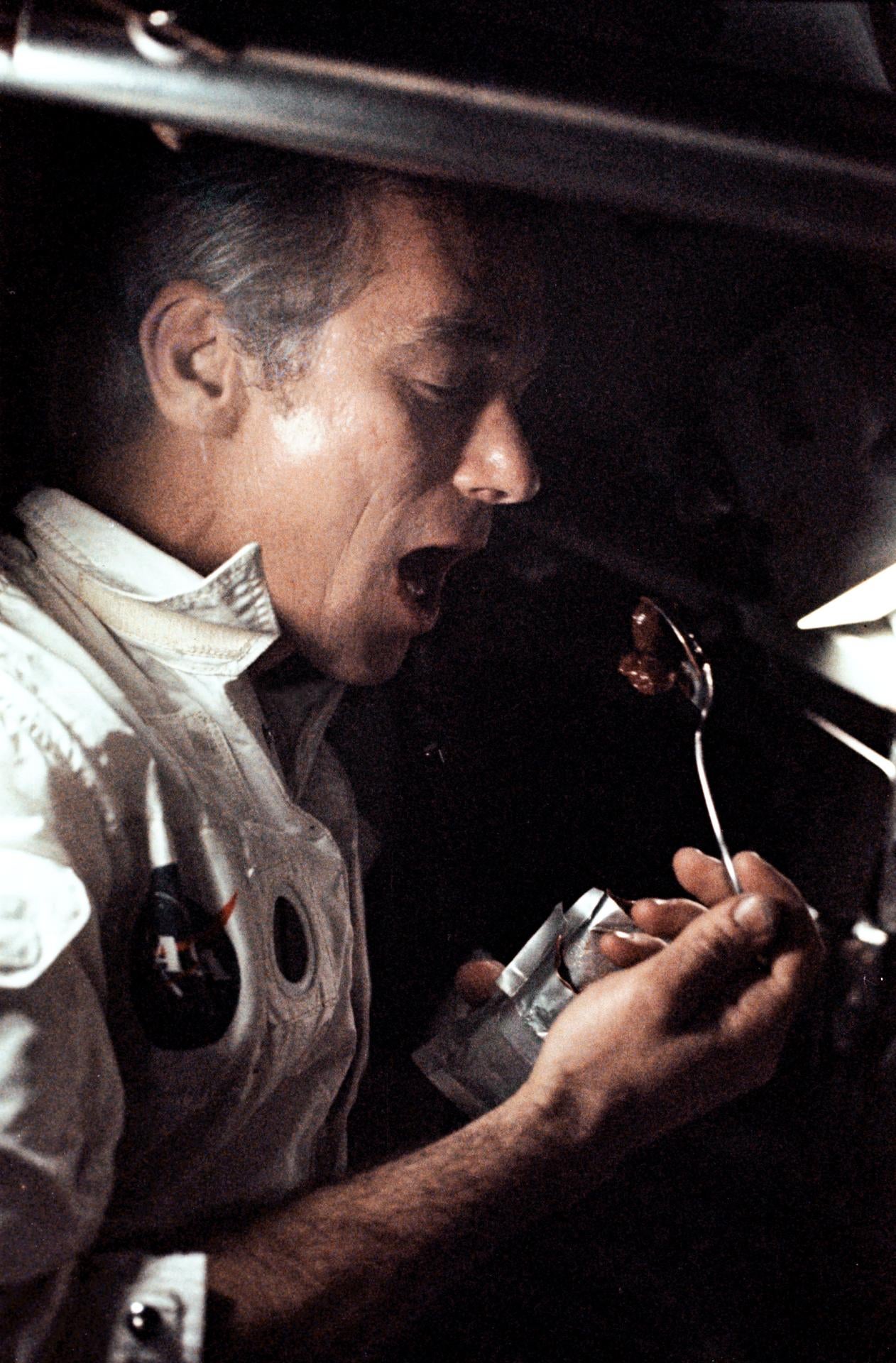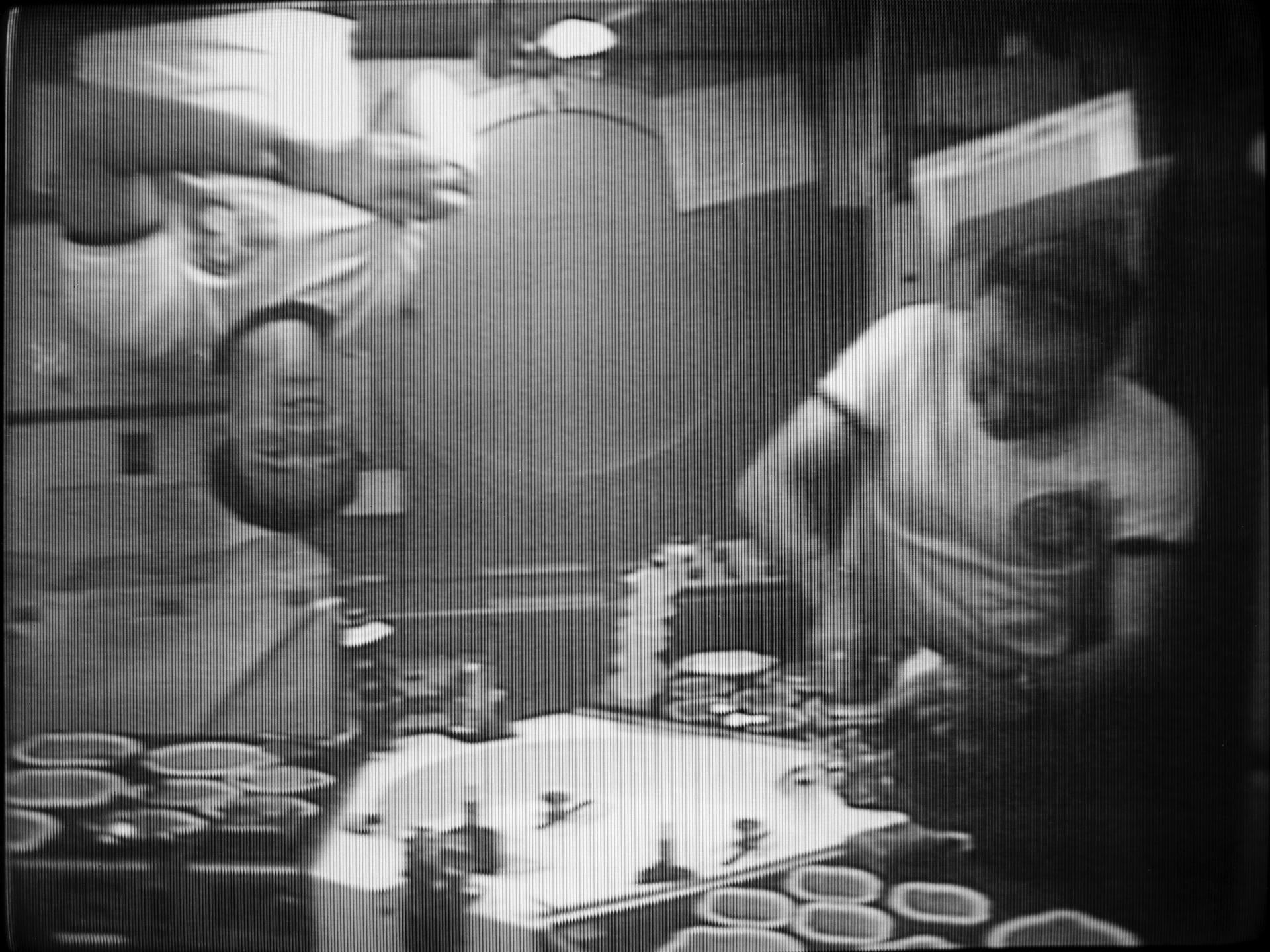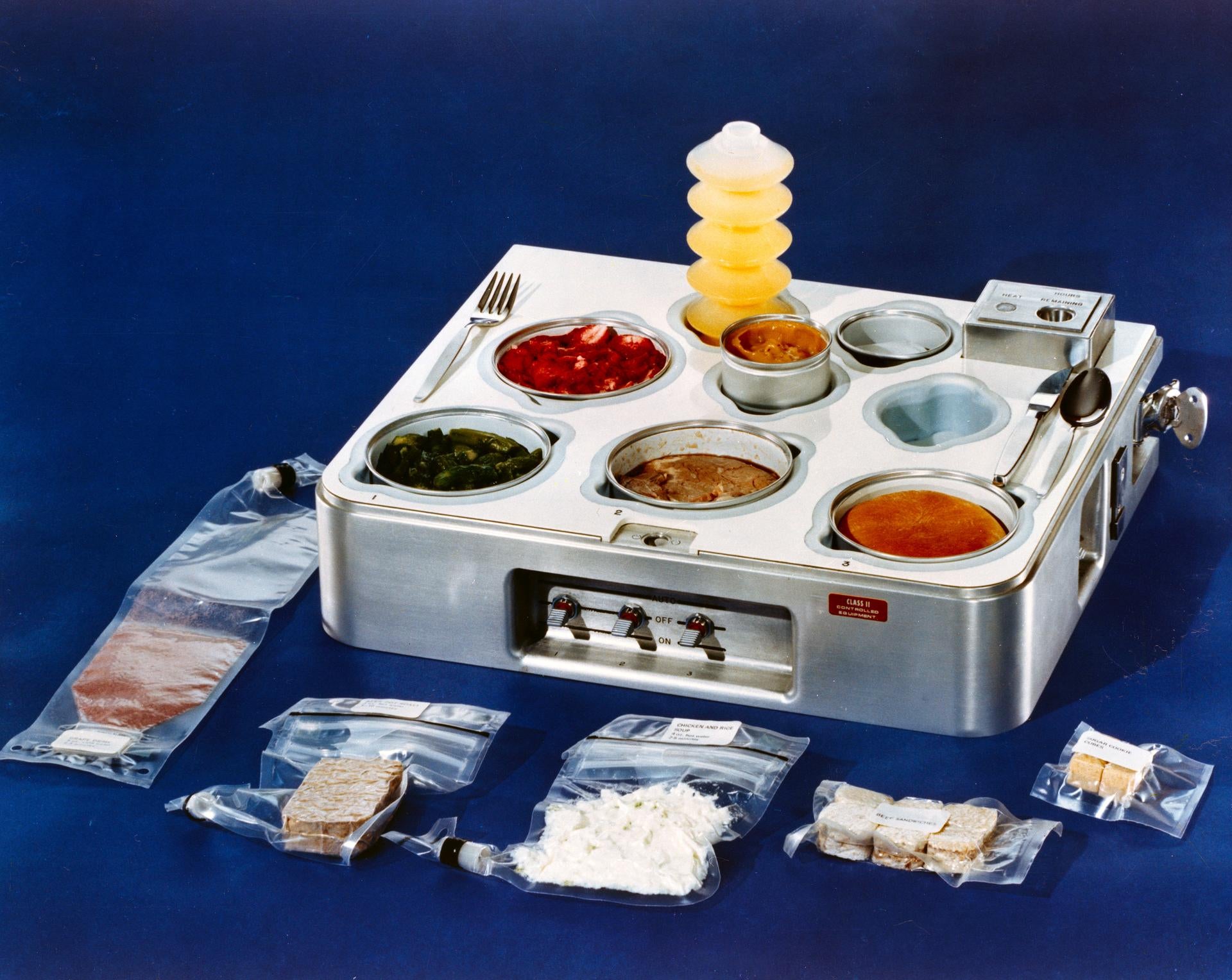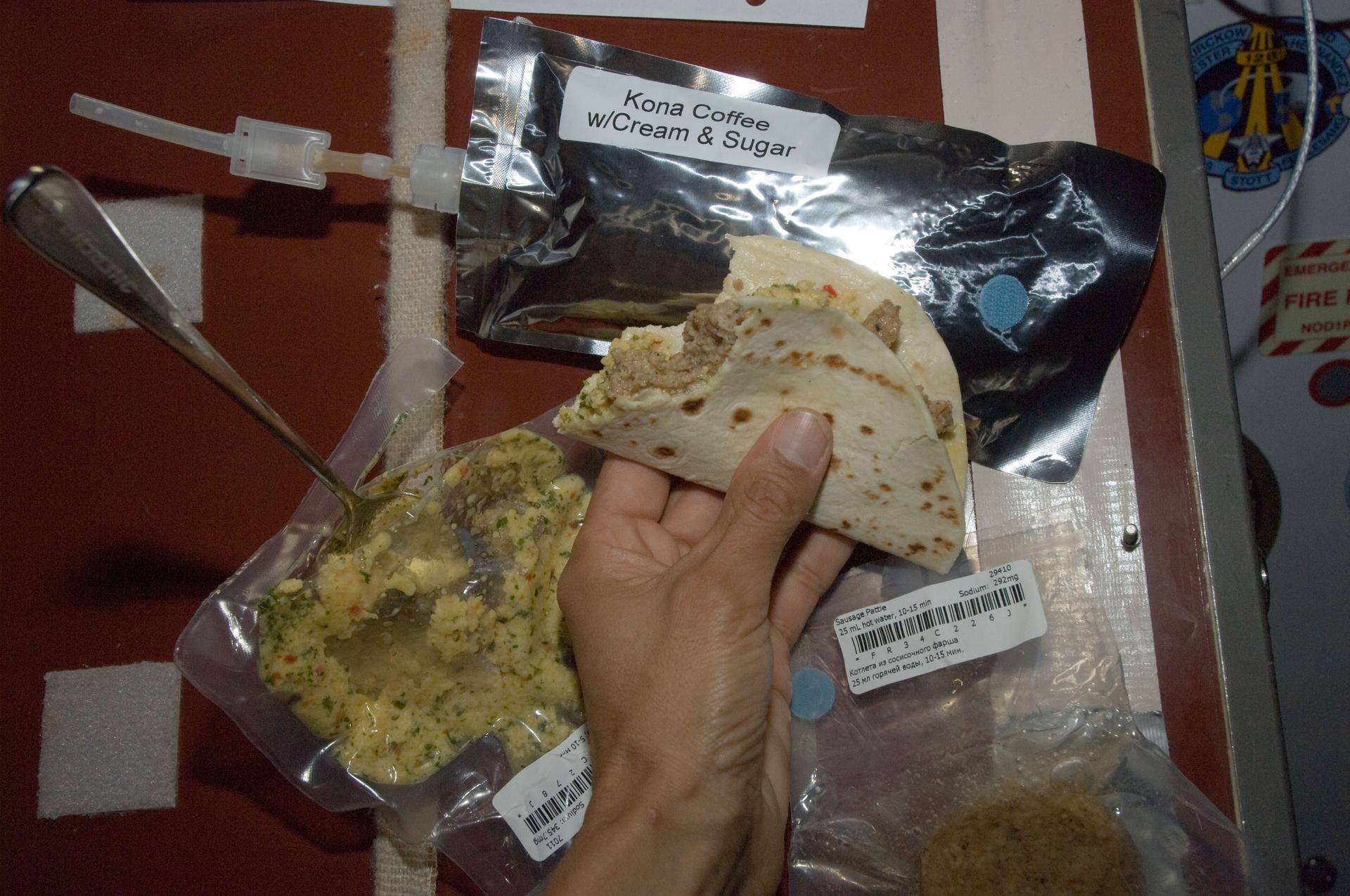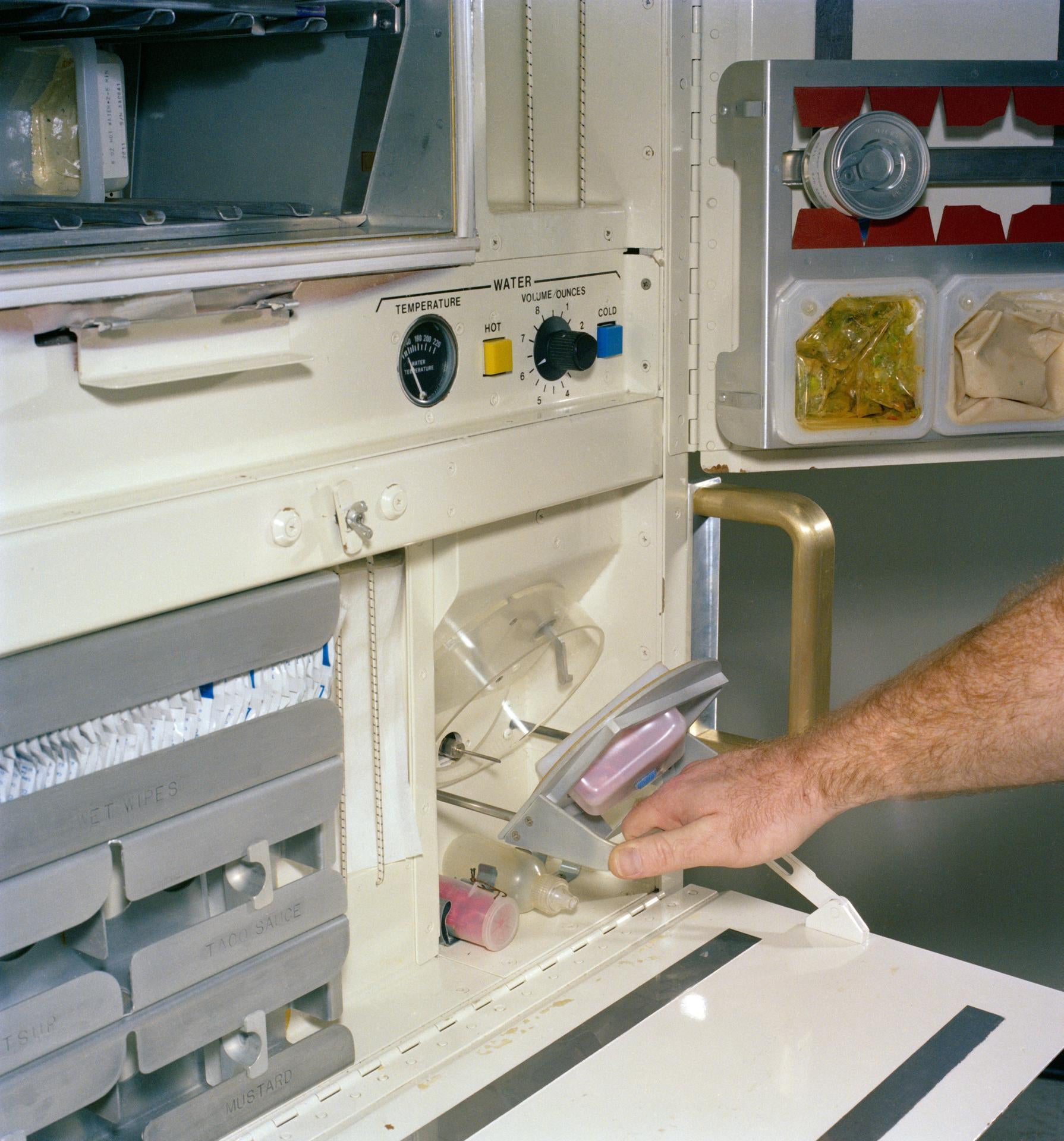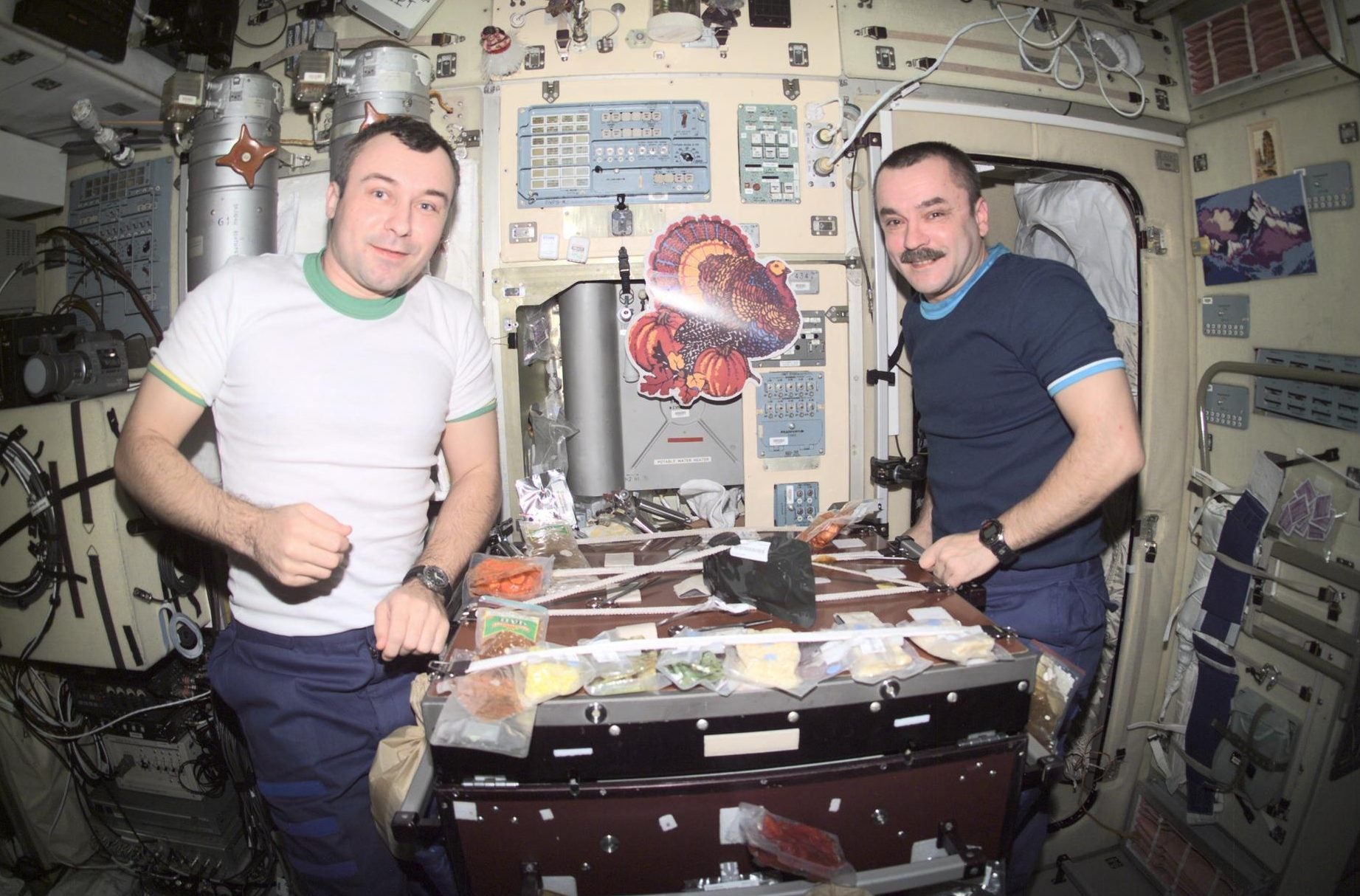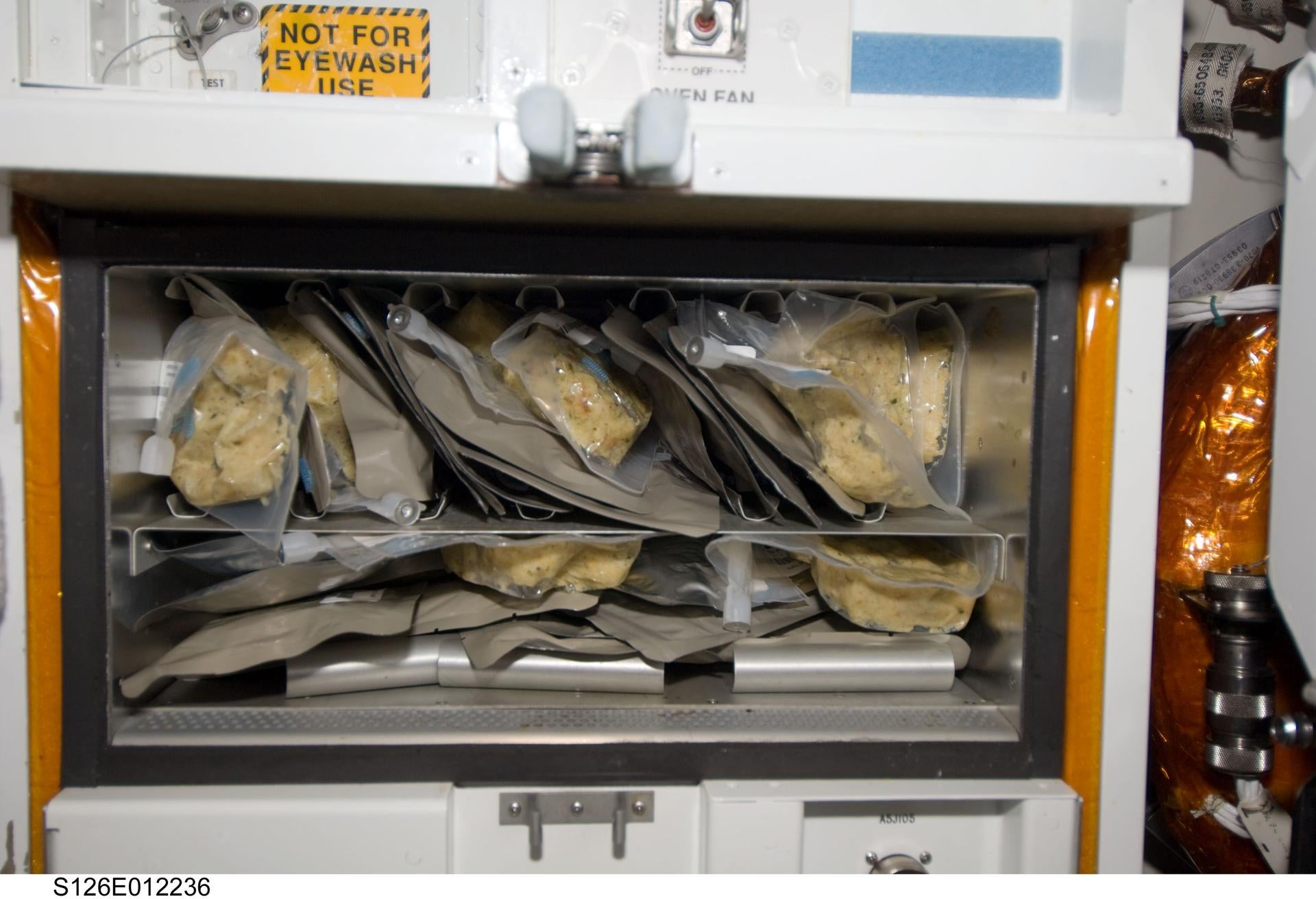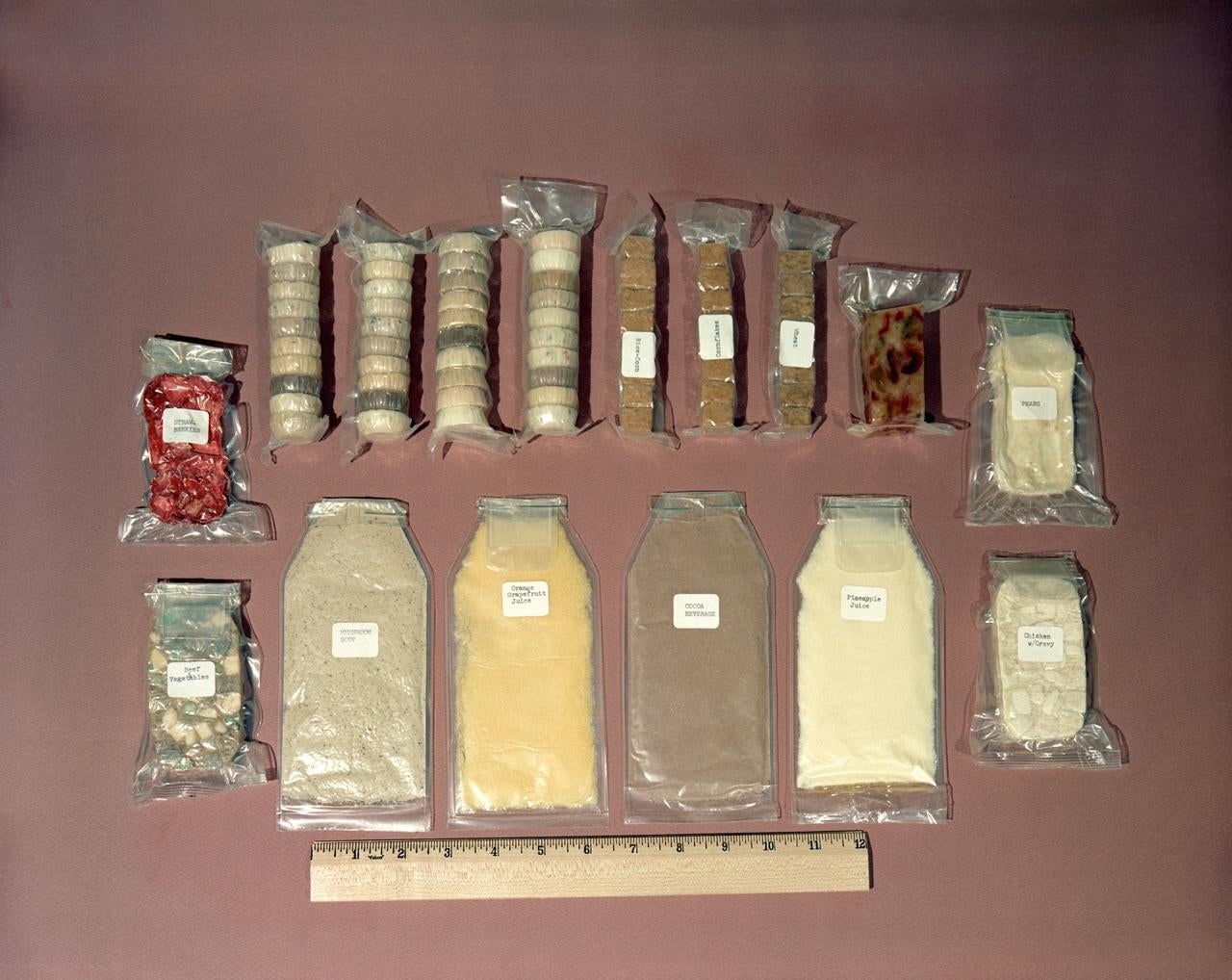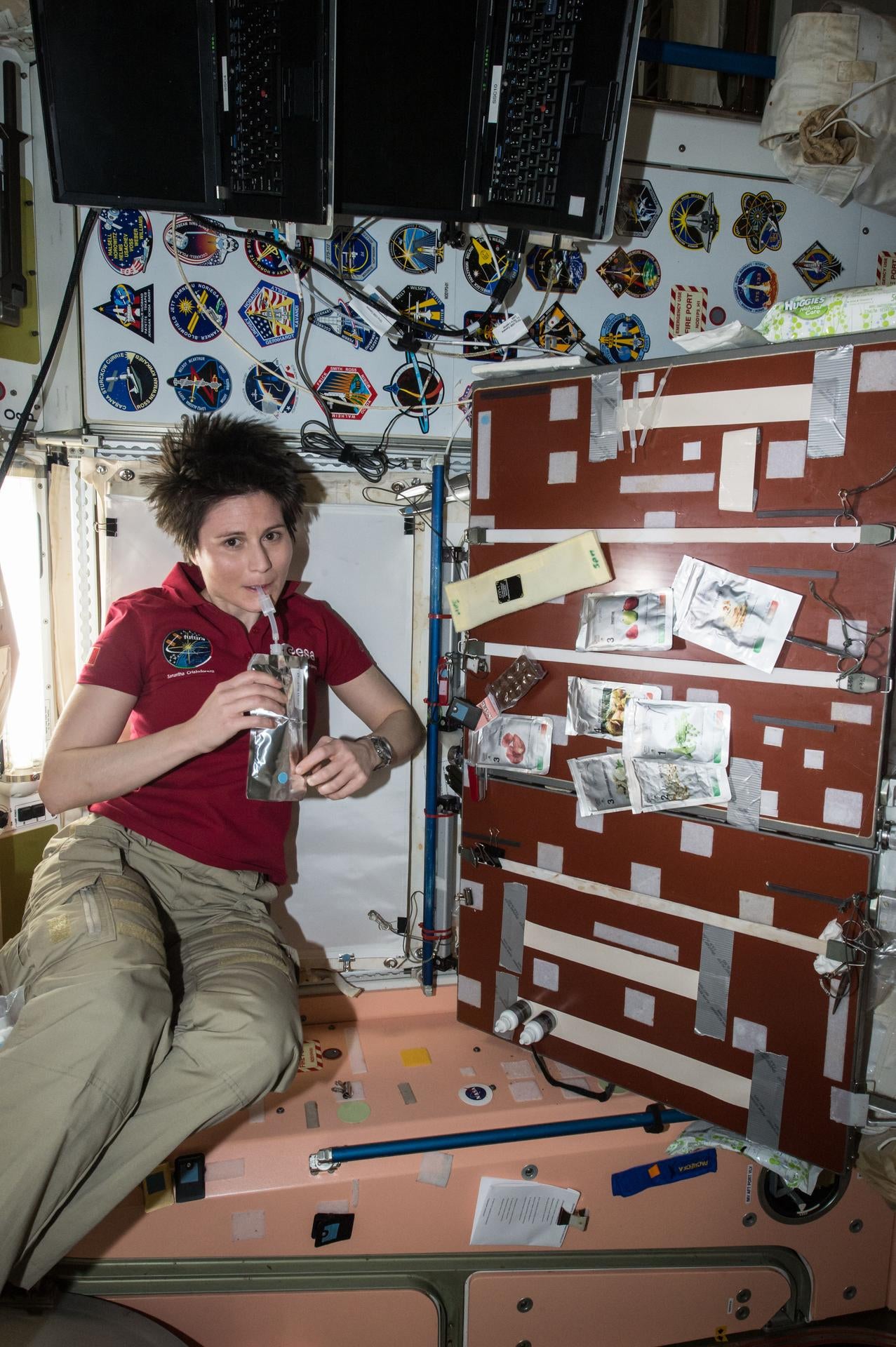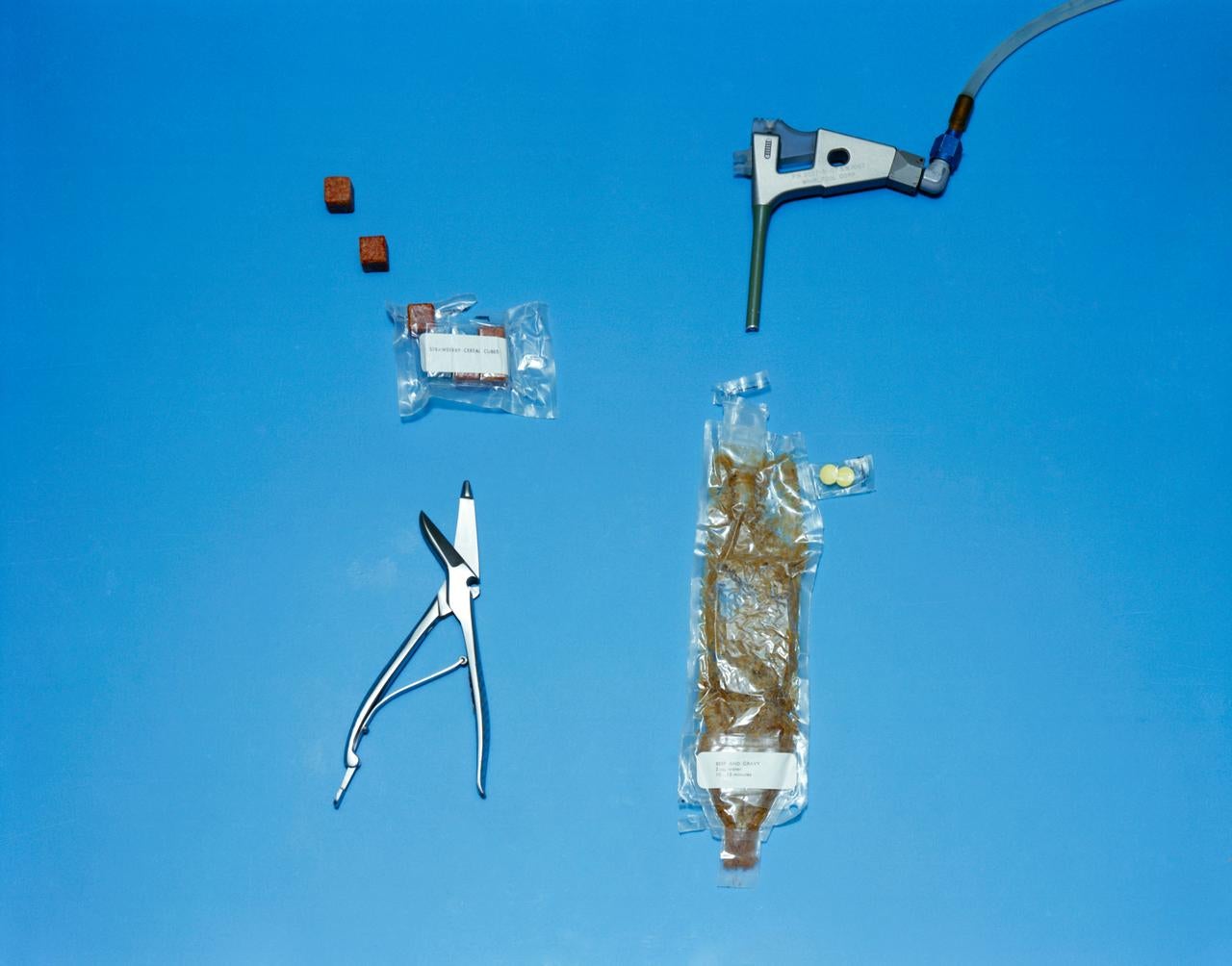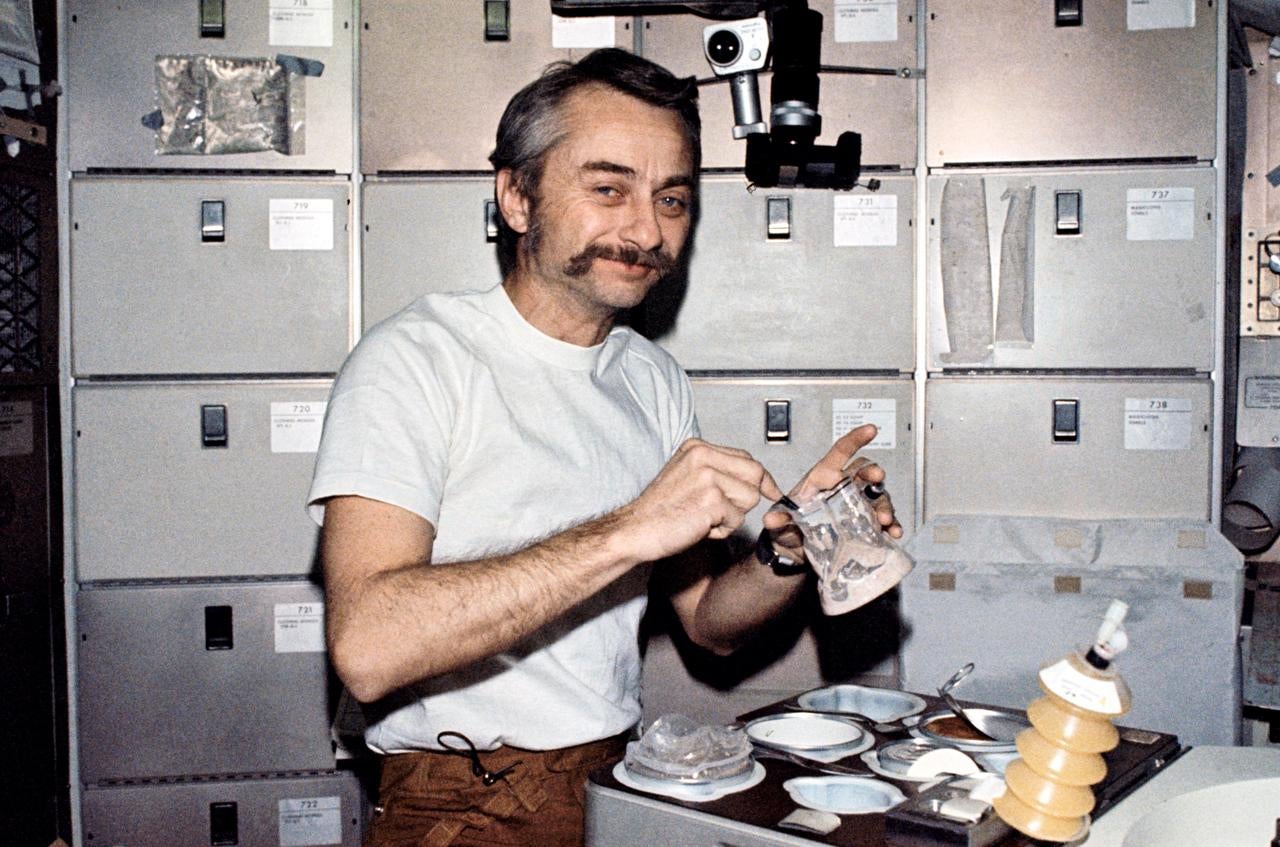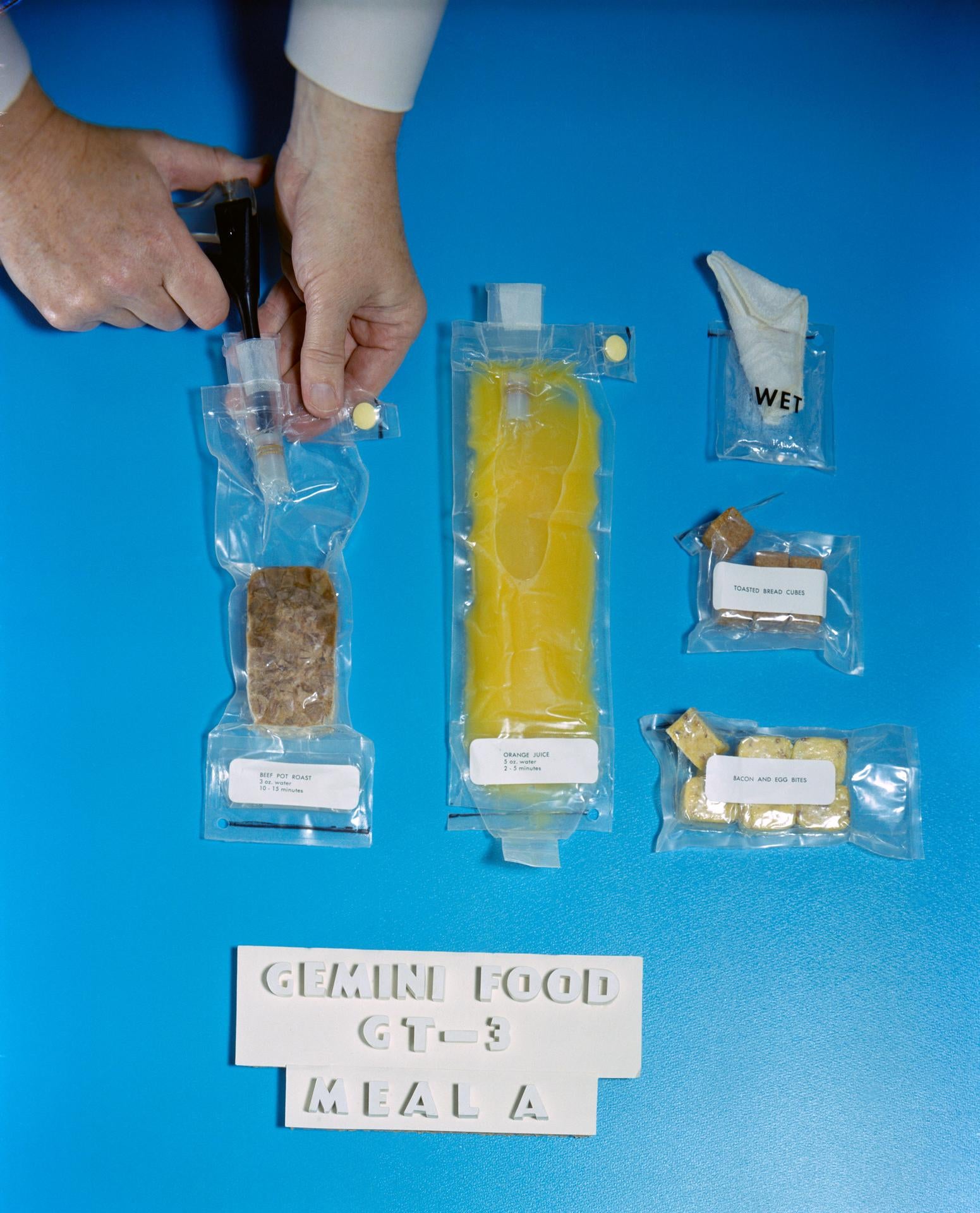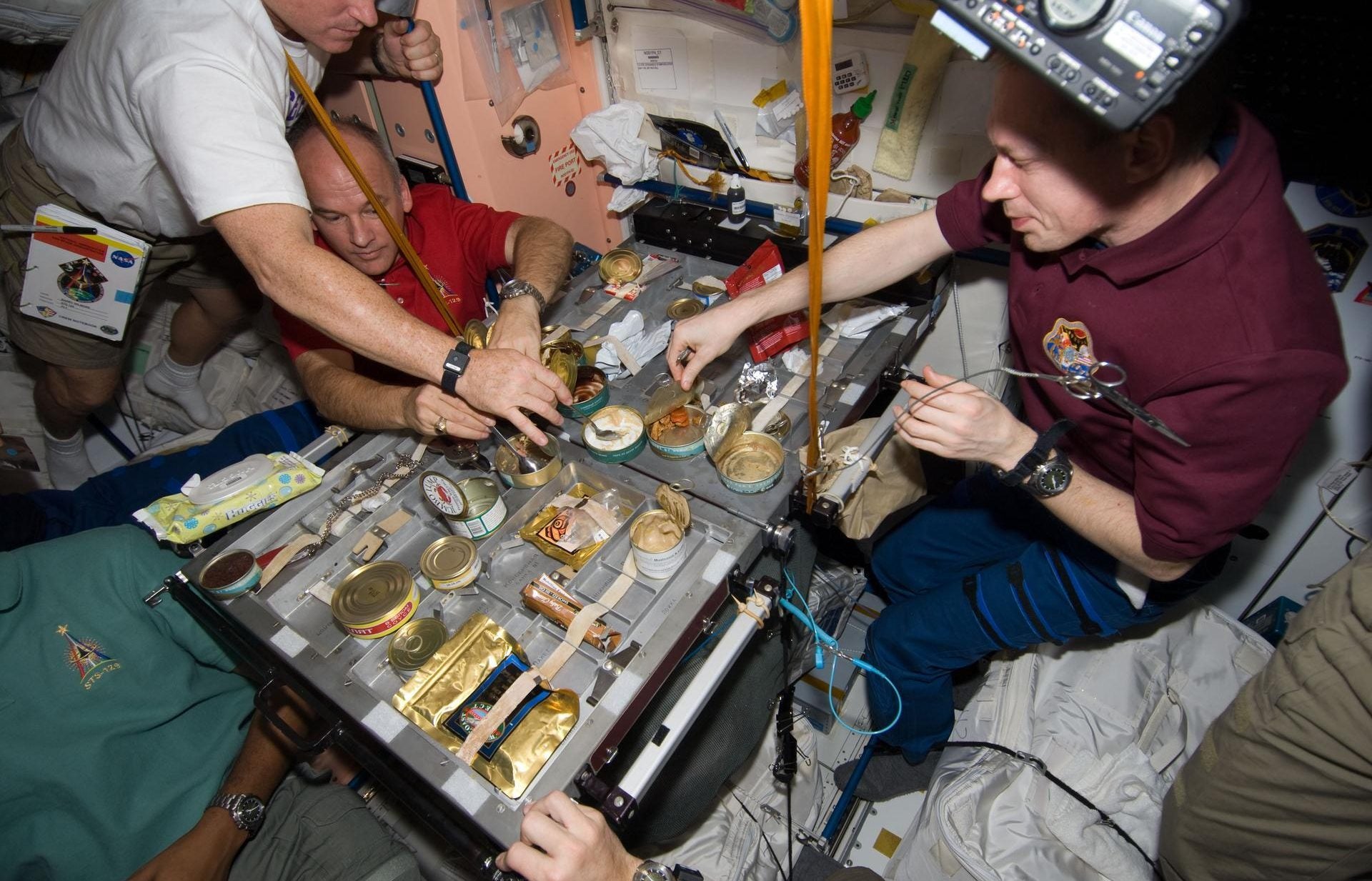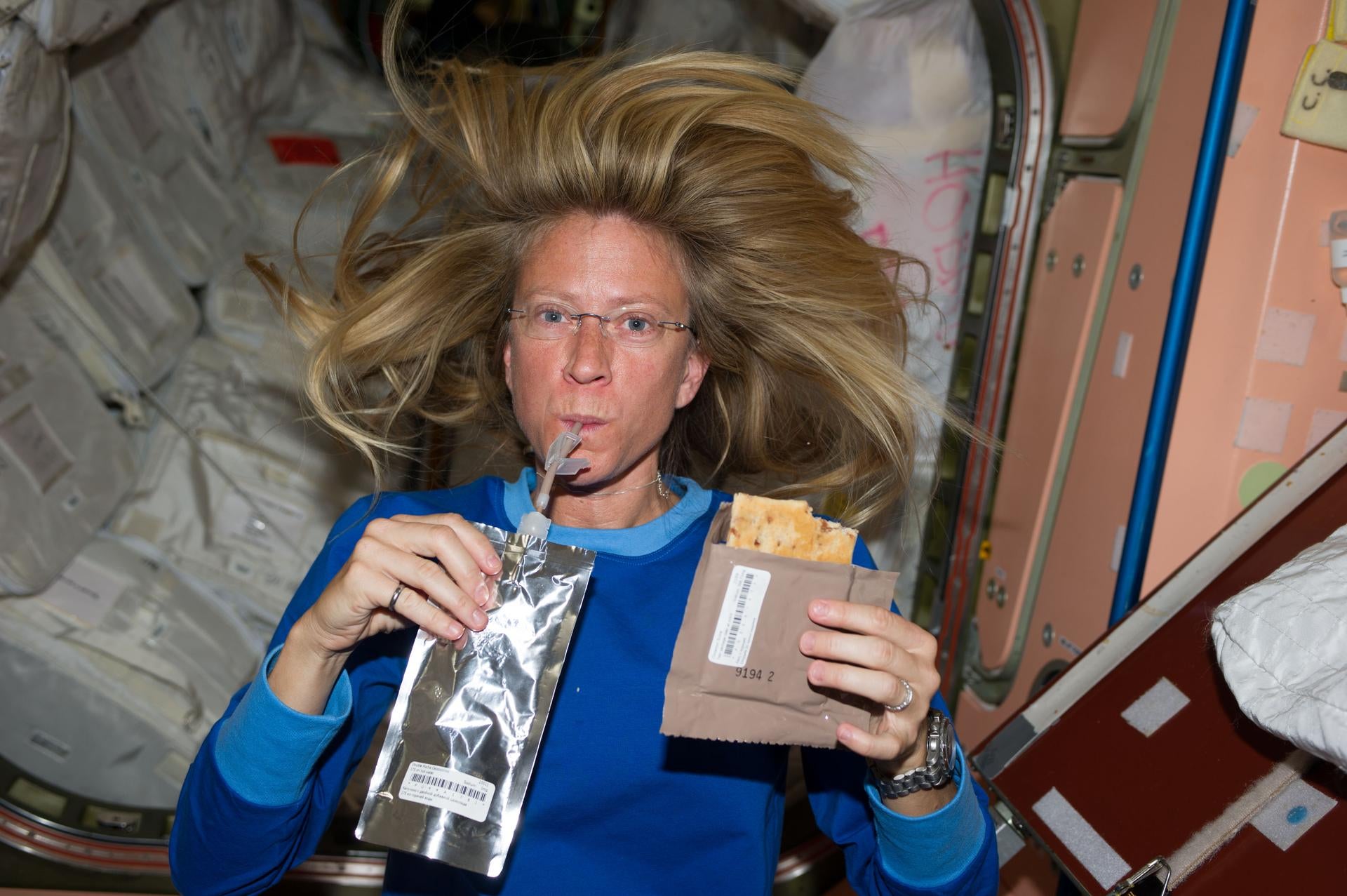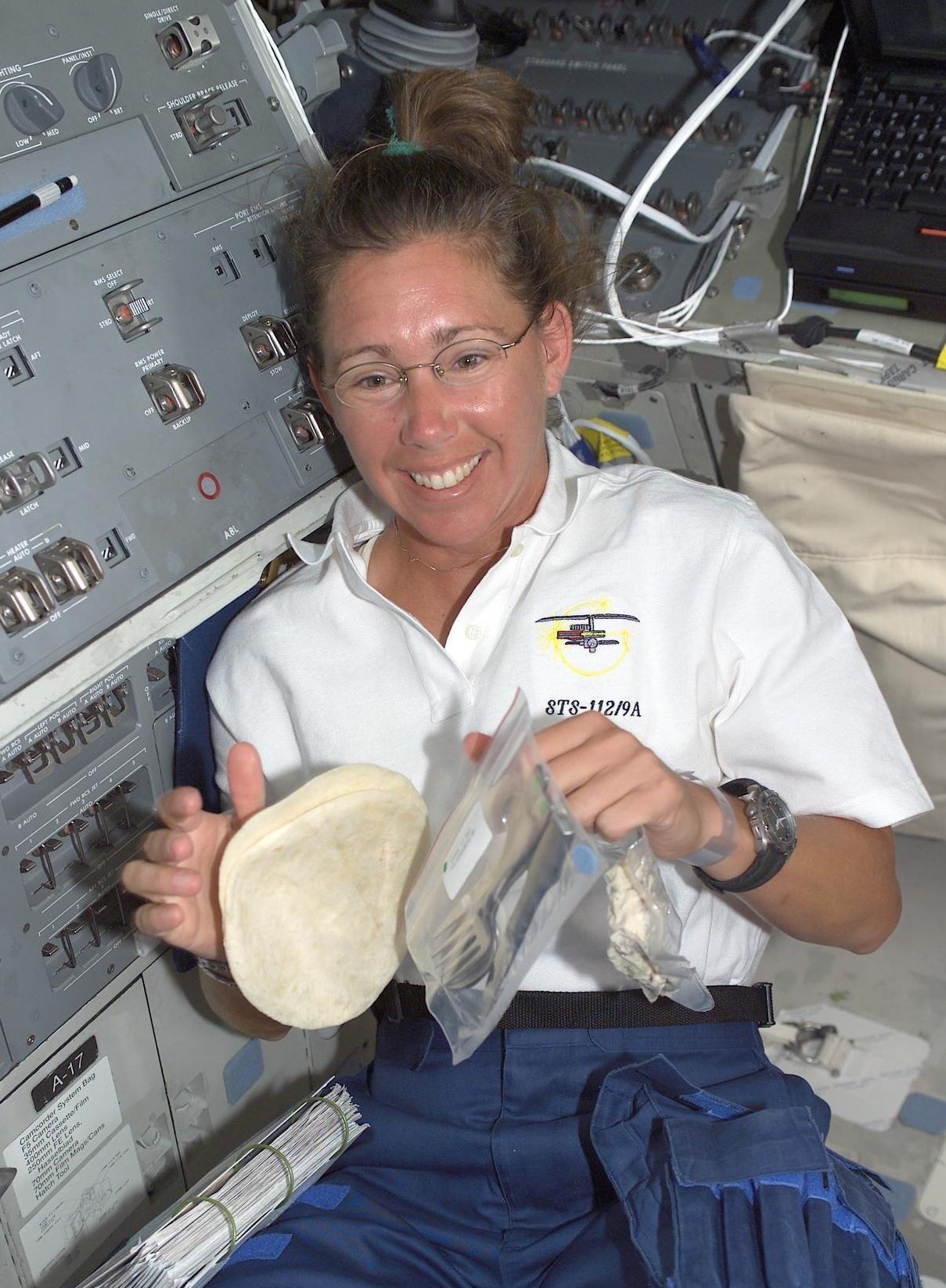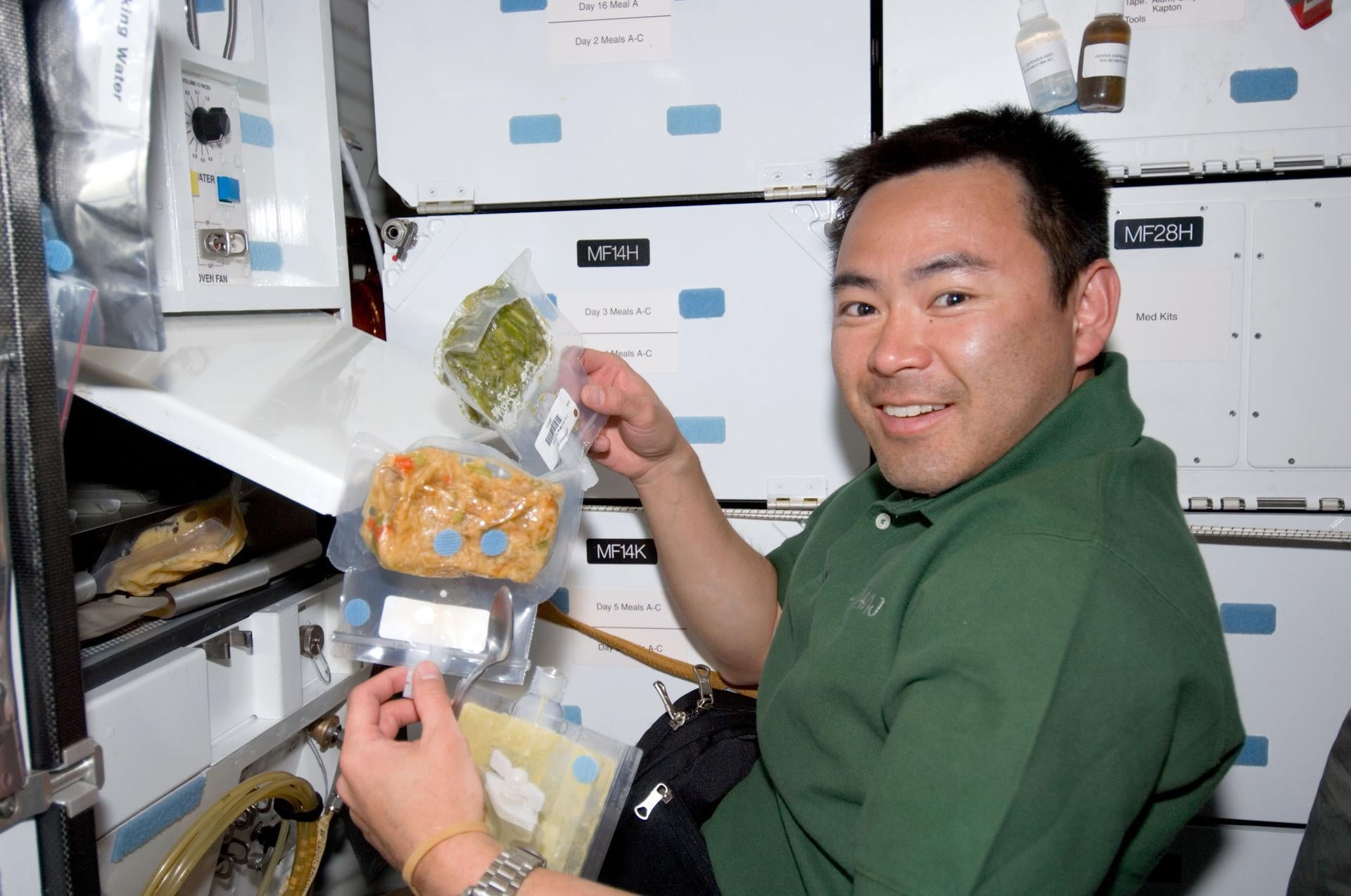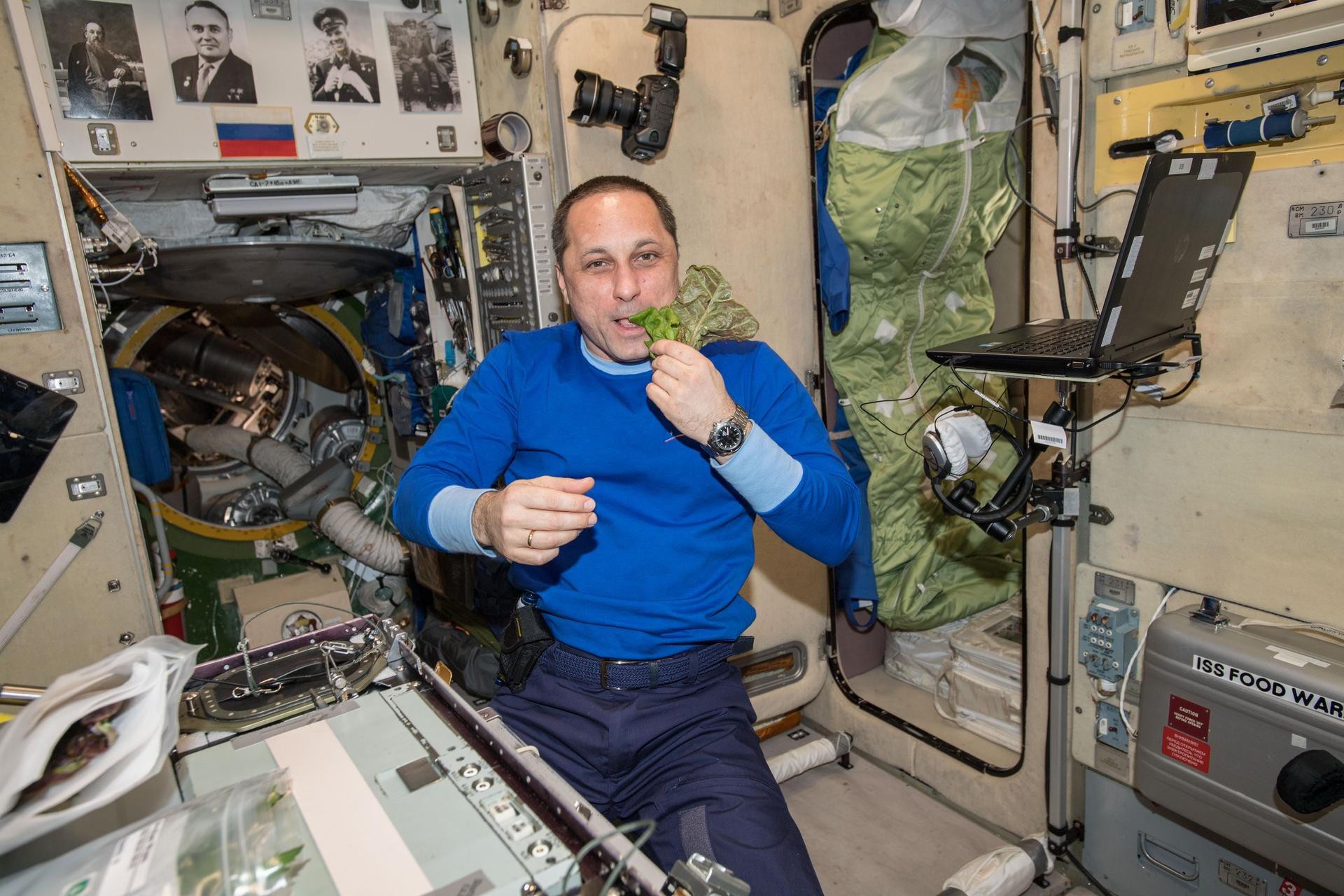Photos: Six decades of eating in outer space
World Space Week celebrates human exploration in space, the science that makes it possible and the potential it holds for the betterment of humankind.
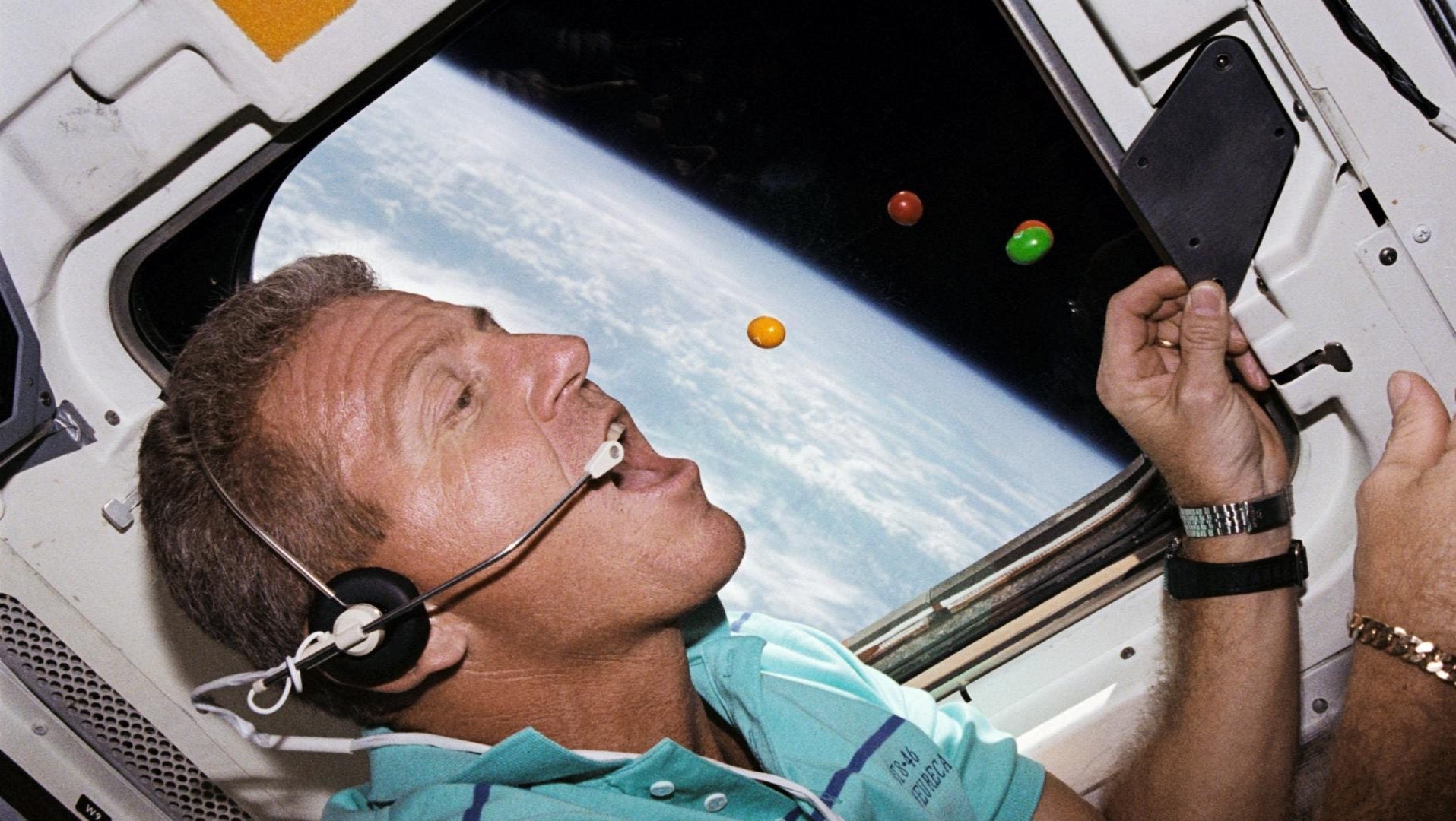

World Space Week celebrates human exploration in space, the science that makes it possible and the potential it holds for the betterment of humankind.
It is marked in the first week of October, a month that holds a special place in the space history. Sputnik 1, the first artificial satellite to orbit the Earth, was launched by the Soviet Union on Oct. 4, 1957. The Outer Space Treaty, which established the basic international laws governing space and celestial bodies, went into effect Oct. 10 1967.
As much as advanced spacecrafts and international collaboration are essential to continued human presence in space, so is something a little more basic: food.
The astronaut diet has changed considerably from the earliest days of space exploration. Pellet-like freeze-dried and tubed foods have given way to a wider array of options in slightly more recognizable forms.
Photos from NASA show the challenges and benefits of eating in space. While the food may not always appear the most appetizing – the food has to be able to be stored for long periods of time and be safely consumable in zero gravity – images of astronauts from around the world sharing a meal at more than 200 miles above Earth, is a testament to the spirit of international cooperation in space.
